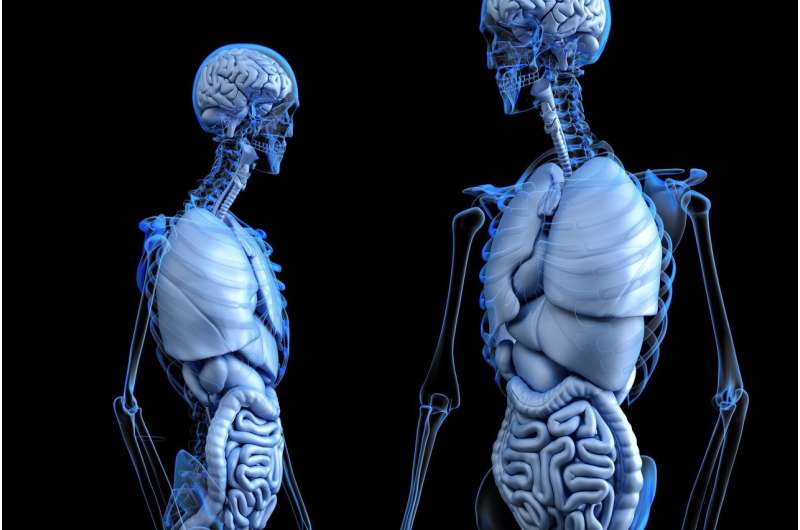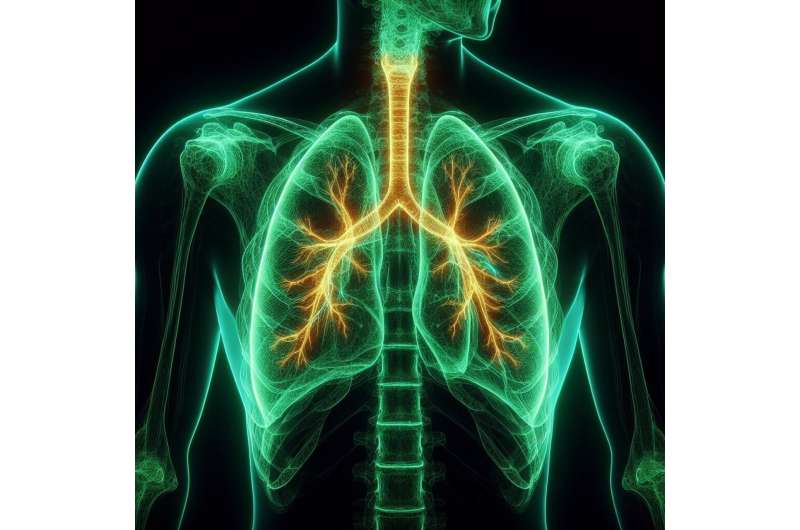Innovative Cooling and Antioxidant Strategies to Minimize Hair Loss During Chemotherapy

New research demonstrates that combining precise scalp cooling with antioxidants can significantly reduce hair loss during chemotherapy, improving patient quality of life.
Hair loss remains one of the most distressing side effects of chemotherapy, impacting patients' self-image, dignity, and sense of control. To mitigate this issue, scalp cooling—using specialized devices that chill the scalp before, during, and after chemotherapy—is increasingly common. This method works by constricting blood vessels in the scalp, thus reducing the amount of chemotherapy drugs reaching hair follicles, and by lowering cellular activity and metabolism, making hair cells less susceptible to damage. However, not all patients benefit equally from scalp cooling, prompting research into the underlying factors influencing its effectiveness.
Recent studies, published in Frontiers in Pharmacology, highlight the importance of precise temperature control in scalp cooling. Laboratory experiments utilizing human hair follicle models reveal that cooling hair follicles to an optimal temperature of around 18°C offers complete protection against chemotherapy-induced damage. Conversely, temperatures above this threshold, such as 26°C, significantly diminish the protective effect. Variability in real-world scalp temperatures—affected by equipment, head shape, blood flow, and hair type—may explain why some patients do not experience the desired benefits.
Exciting new findings suggest that combining scalp cooling with antioxidants could enhance protection, especially when optimal cooling cannot be achieved. The study demonstrates that antioxidants like N-Acetylcysteine and Resveratrol counteract reactive oxygen species (ROS) generated by chemotherapy, which contribute to cell damage. When added to the cooling process, these antioxidants synergize with moderate cooling to better shield hair follicles, mimicking the effect of optimal temperature cooling.
This research paves the way for developing topical antioxidant treatments to be used alongside scalp cooling. Such combination therapies could make hair preservation more reliable and accessible across diverse patient groups. Clinical trials are underway to examine the effectiveness of applying antioxidant lotions during scalp cooling, potentially revolutionizing supportive care in cancer treatment.
Overall, integrating antioxidants with cooling technology holds promise for reducing chemotherapy-related hair loss beyond current methods. By addressing both physical and biochemical pathways of damage, this strategy aims to preserve hair integrity, maintain patients’ dignity, and improve quality of life during cancer therapy. As research advances, the future of supportive cancer care looks more personalized and effective, offering hope for better treatment experiences worldwide.
Stay Updated with Mia's Feed
Get the latest health & wellness insights delivered straight to your inbox.
Related Articles
Innovative Assessment Tools Enhance Diagnosis and Recovery Tracking in Brain Injury Care
New assessment framework for traumatic brain injury enhances diagnosis accuracy and personalized treatment through biomarkers, imaging, and injury modifiers, supporting better recovery outcomes.
T Cells in the Healthy Brain: Unveiling a Gut-Fat-Brain Connection
New studies reveal that T cells naturally reside in the healthy brain, originating from the gut and fat tissue, highlighting a novel gut-fat-brain axis that influences brain function and health.
FDA Approves Innovative Eye Implant to Combat Vision Loss in Rare Retina Disease
The FDA has approved ENCELTO, a groundbreaking eye implant that slows vision loss in patients with macular telangiectasia type 2, offering hope through advanced neuroprotective therapy.



